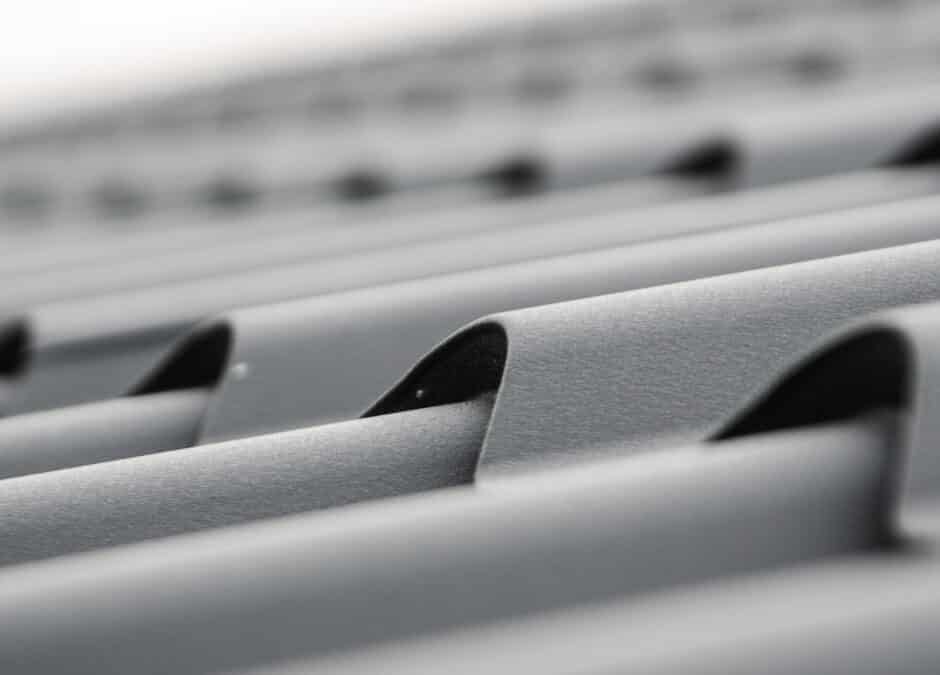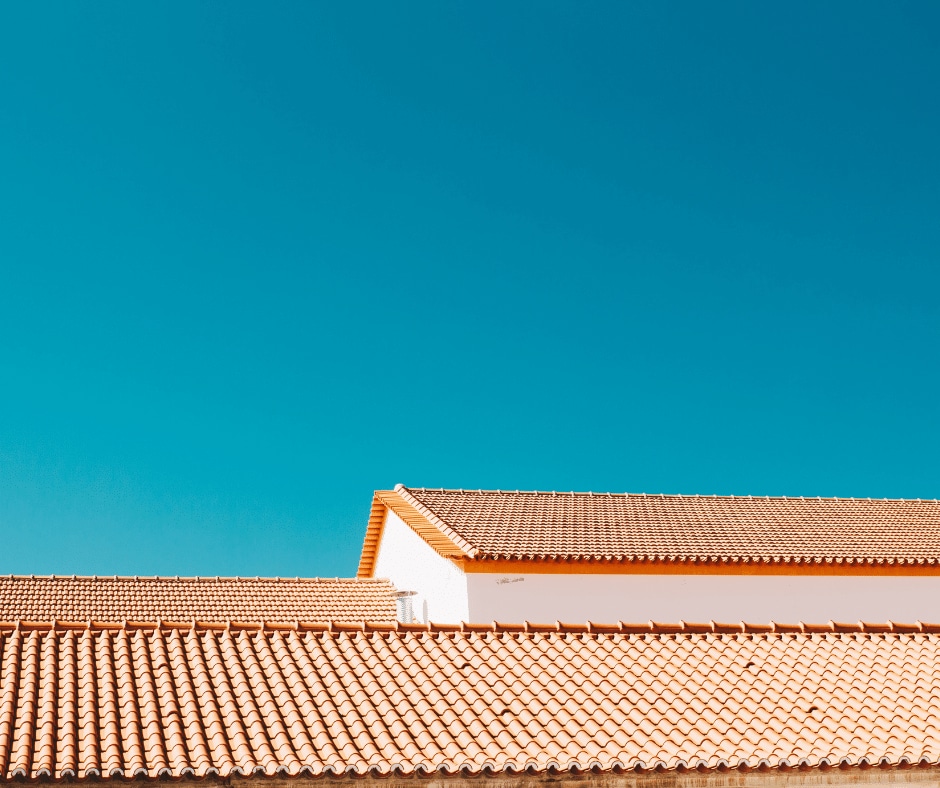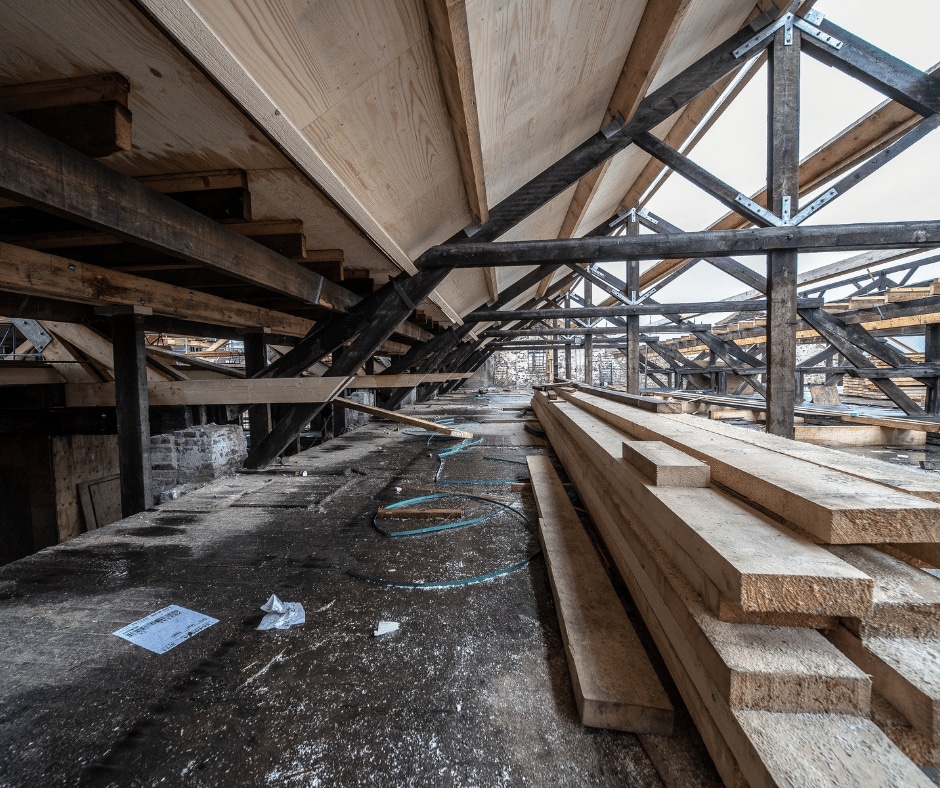Choosing the right insulation for your roof can make a noticeable impact on your bills. This is because proper insulation will ensure that your home stays cool when it’s warm and hot when it’s cold. Doing this means you won’t have to rely on heating or air conditioning to keep your home comfortable. However, choosing the right insulation can be difficult, as there are many different types of roof insulation. Whatever is right for you depends on many factors, but ultimately the decision is yours. It’s important to inform yourself about the difference between the types of insulation. To help with that, we have put together a list of the best roof insulation options to save money and energy in the long run.
What to look for in an insulation
Before considering the options themselves, we must know what factors make insulation good. There is really only one thing you should keep an eye on the R-value of roof insulation. Simply put, R-value represents how effective insulation is at keeping the heat in. The higher the R-value, the better and more effective the roof insulation will be. Most homes these days have an R-value of R-11 to R-40. Typically, the recommended R-value for roof insulation is from R-30 to R-38. Specialized systems such as the radiant barrier insulation system are quite effective, as they work by keeping heat inside your home during the winter and repelling it during the summer. Still, if your home doesn’t have insulation at all, you should consider installing it as soon as possible. You’ll notice the difference immediately.
Rigid insulation boards
The first on the list of roof insulation options we want to mention are rigid insulation boards. Made of plastic which is then made into panels or sheets, they have a few things going for them. Because this insulation is plastic, it doesn’t rot or decay and is quite resistant to moisture. The main advantage of rigid insulation boards is the resistance to mold growth and ease of installation. However, this type of insulation tends to be more on the expensive side. Also, it tends to gather moisture if installed away from a vapor barrier. While this doesn’t affect the insulation, it can cause many other issues. Experts from peakservices.com recommend you regularly check on this type of insulation, preferably with professionals. And, if you detect any problems with it, try to solve them as soon as possible.
Batt insulation
This is the most common type of residential insulation. It’s made from loose, fluffy fibers, which are then compressed into rolls (batts). Batt insulation comes in various levels of thickness, depending on the application. For example, the thickness has to be different in walls compared to a roof or attic. This type of insulation is cheap and incredibly easy to install, but it’s very susceptible to mold and moisture. You must maintain it regularly so it will stay effective and avoid possible problems.
Additionally, it’s also quite flammable, and there needs to be a vapor barrier in the place of installation. So, while it’s cheap and readily available, Batt insulation has a few drawbacks. However, if you need a roof replacement, it’s the fastest and easiest roof insulation option. Although, replacing it would be an entirely different process later.
Structural insulated panels
Made from two outer sheets of oriented strand boards surrounding a foam core, structural insulated panels are suitable for more than just insulation. They come in varying sizes, shapes, and thicknesses and are pretty easy to install. Structural insulated panels help with energy efficiency and act as both air and sound barriers. All sound transmission from outside will be reduced by up to 50%. Because the panels are structural, you can sheather only one side of the panel. The drawbacks of SIPs are their susceptibility to mold growth, moisture, and insect infestations. Specifically, you need to regularly check SIPs for issues because of the exposure to insects. However, this insulation won’t interfere with other types of maintenance, such as roof cleaning. Still, you should rely on pros for this task, as roof cleaning can be dangerous.
Loose-Fill insulation
Next on the list of best roof insulation options, Loose-Fill insulation is tiny particles applied as dry powder. These particles are made from fiberglass, vermiculite, rock wool, or cellulose. The application process is relatively easy, as the dry powder is simply blown into a cavity, where it then expands. Because loose-fill insulation expands after application, it is very effective at filling in voids or gaps. Also, because of this, it doesn’t require an air or vapor barrier to be present. However, no type of insulation is without a disadvantage. Because loose-fill insulation is a powder, dust masks are a must during installation, although the process is quite simple. Still, it can be dangerous, highlighting the dangers of DYF roofing projects. This type of insulation is also susceptible to moisture and mold, leading to all sorts of issues if not handled correctly.
Best roof insulation options that will save money and energy – wrap up
Roof insulation for your home is significant for a lot of reasons. On the one hand, it protects your home from the elements and keeps the temperature comfortable year-round. On the other hand, it reduces your bills by making sure you rely on your heating and air conditioning less. Additionally, because you’ll be using your heating and air conditioning less often, you won’t have to perform maintenance on them as often. Installing roof insulation is an excellent investment if your house doesn’t already have it. We hope this list of the best roof insulation options to save money and energy helps you find the right type of insulation for your home.





Recent Comments